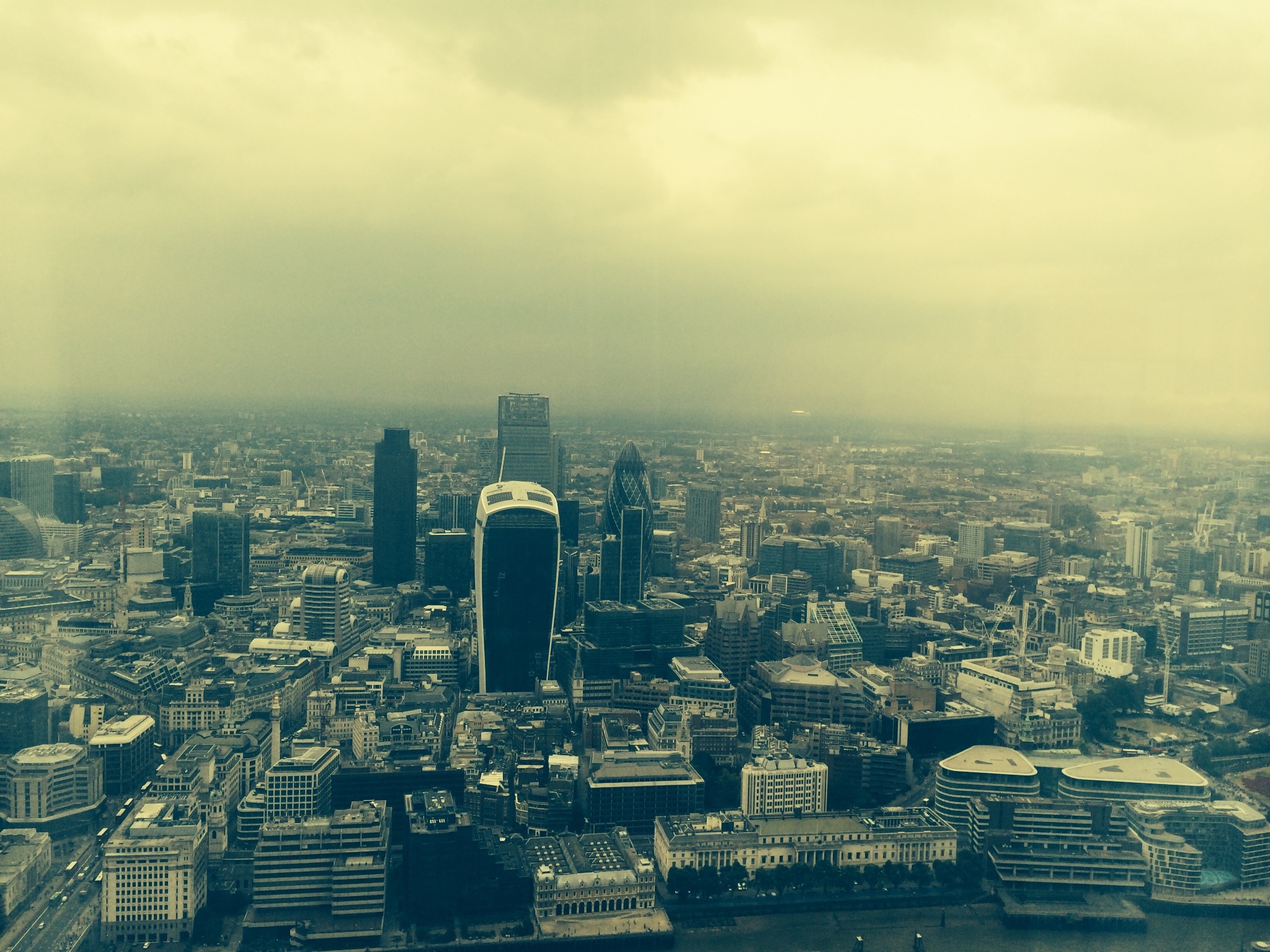In the area designated by the E3 postcode in East London, particularly in districts like Bow, Mile End, and parts of Bromley-by-Bow, you may often see various structures mounted on top of tower blocks that light up at night. These illuminated installations are likely to be either functional, decorative, or artistic in nature.
One of the most common functional objects placed on rooftops and illuminated at night are communication masts and antennas. These are often topped with lights for both aesthetic and air traffic safety regulations, ensuring that they are visible to low-flying aircraft. These include the lights atop mobile network masts, necessary for supporting the communication infrastructure in the area.
In some cases, the lit objects could also be artistic installations. London is known for its public art, and temporary or permanent light art installations are used to invigorate the urban landscape. These installations can be created by artists or community groups to draw attention to the area, enhance visibility, or create an interesting skyline.
Finally, some residential or commercial block developments may use lighting as part of their branding or decoration. Vibrant, colored lights are sometimes installed to give a building a unique look or highlight its architectural features, providing a distinctive visual identity visible from a distance.
These various uses showcase the blend of functionality, aesthetics, and safety in urban design, contributing to the dynamic appearance of the London skyline, especially in vibrant neighborhoods such as those within E3.

This is a fascinating exploration of the multifunctional aspects of illuminated objects atop tower blocks in E3! It’s interesting to note how these installations serve not just practical purposes but also reflect the character of the community.
In addition to communication masts and artistic installations, another aspect worth considering is how these illuminated features contribute to urban wildlife. For instance, the presence of bright lights can affect bird migration patterns, and some cities have started exploring more eco-friendly lighting solutions to mitigate this impact.
Moreover, community engagement in the creation of these installations, whether through public art projects or local collaborations, often fosters a sense of ownership and pride among residents. This can lead to further initiatives aimed at enhancing the public realm, making neighborhoods not just more visually appealing, but also more cohesive and inviting. It would be insightful to discuss how community feedback shapes these installations and if there are any notable projects in E3 that exemplify this participatory approach to urban design.
Thanks for shedding light on such an important yet often overlooked aspect of urban living!
Adding to the E3 Skyline: A Community Perspective
As a long-time resident of E3, I’m always fascinated by how the illuminated structures atop our tower blocks contribute to both our community’s character and its safety. It’s not just about aesthetics; these lights are a crucial aspect of modern urban living.
Here are a few points to consider regarding these illuminated objects:
As we move towards an era that values openly integrating technology and art, I hope to see even more innovative